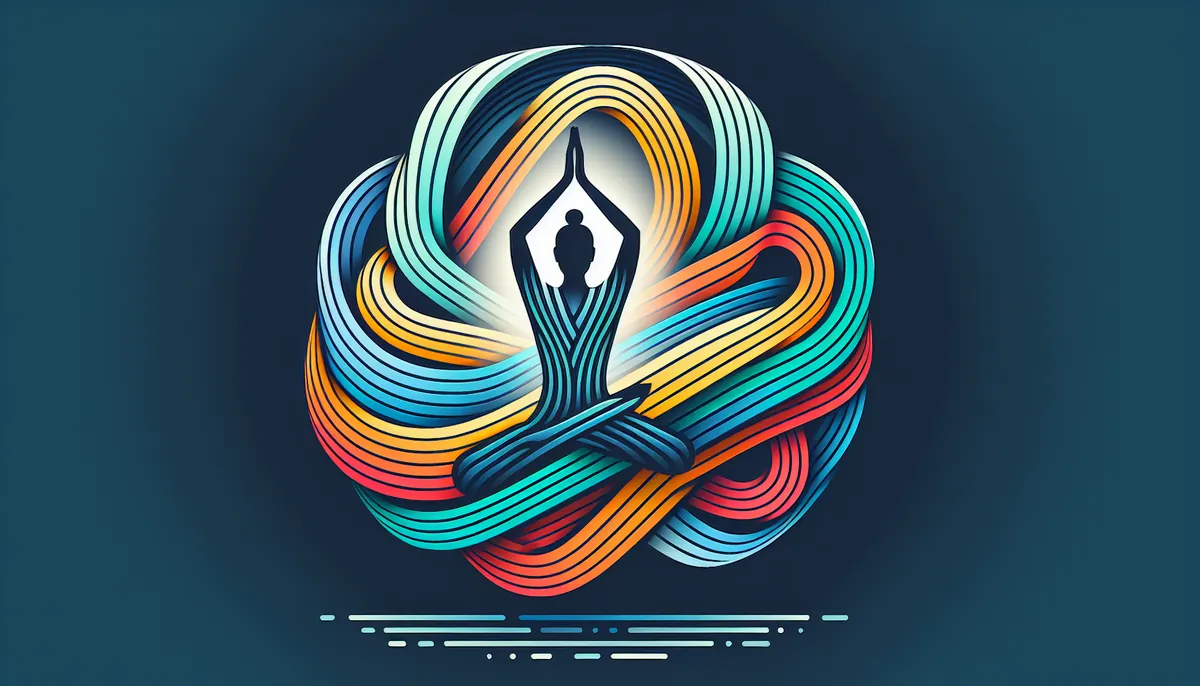The eight limbs of Ashtanga yoga offer a comprehensive framework for personal transformation that extends far beyond the yoga mat. While many practitioners focus solely on the physical aspects of yoga, understanding and implementing all eight limbs can revolutionize your practice and daily life. Let's explore how these ancient principles remain remarkably relevant in our modern world.
Understanding the Eight Limbs in Modern Context
The Sanskrit term "Ashtanga" literally means "eight limbs," forming the foundation of Patanjali's Yoga Sutras. While these principles were developed thousands of years ago, they provide practical solutions to contemporary challenges. If you're familiar with the art of breathwork, you've already begun exploring one of these essential limbs.
1. Yama: Ethics for the Digital Age
The Yamas represent ethical guidelines for interacting with others and our environment:
Ahimsa (Non-violence): In today's context, this extends to:
- Mindful social media usage
- Conscious consumption
- Environmental awareness
- Self-compassion in fitness goals
Satya (Truthfulness):
- Authentic online presence
- Honest communication in relationships
- Transparent business practices
Asteya (Non-stealing):
- Respecting intellectual property
- Managing time effectively
- Acknowledging others' contributions
Brahmacharya (Energy Management):
- Digital detox practices
- Work-life balance
- Mindful content consumption
Aparigraha (Non-attachment):
- Minimalist lifestyle
- Letting go of digital clutter
- Release of limiting beliefs
2. Niyama: Personal Practices for Modern Life
The Niyamas focus on self-discipline and personal growth:
Saucha (Cleanliness):
- Mental decluttering
- Digital organization
- Clean eating habits
Santosha (Contentment):
- Gratitude practices
- Social media boundaries
- Mindful consumption
Tapas (Self-discipline):
- Consistent practice routines
- Healthy habit formation
- Professional development
Svadhyaya (Self-study):
- Journaling
- Meditation tracking
- Personal growth assessment
Ishvara Pranidhana (Surrender):
- Stress management
- Acceptance practices
- Faith in the journey
3. Asana: Physical Practice with Purpose
While many modern practitioners start here, asana becomes more meaningful when integrated with the other limbs:
- Mindful movement
- Body awareness
- Sustainable practice
- Injury prevention
- Energy management
4. Pranayama: Breath Control in the Modern World
Breathwork becomes especially valuable in our stress-filled lives:
- Stress reduction techniques
- Focus enhancement
- Energy regulation
- Emotional balance
- Sleep improvement
5. Pratyahara: Digital Detox and Sensory Withdrawal
In our overstimulated world, pratyahara offers essential tools:
- Screen time management
- Mindful consumption habits
- Sensory reset practices
- Focus enhancement techniques
- Deep relaxation methods
6. Dharana: Concentration in the Age of Distraction
Developing focus has never been more crucial:
- Single-tasking practices
- Attention training
- Mindfulness techniques
- Flow state cultivation
- Productivity enhancement
7. Dhyana: Modern Meditation Practices
Meditation adapts to contemporary needs:
- App-guided sessions
- Walking meditation
- Movement meditation
- Sound healing
- Mindfulness integration
8. Samadhi: Finding Purpose and Connection
While the ultimate state of consciousness may seem distant, we can work toward it through:
- Community building
- Service projects
- Environmental stewardship
- Personal mission development
- Spiritual exploration
Practical Implementation Guide
Daily Integration Plan
Morning Routine:
- 5 minutes meditation
- 10 minutes asana
- 5 minutes pranayama
Workday Practice:
- Mindful breaks
- Ethical decision-making
- Digital boundaries
Evening Wind-down:
- Self-reflection
- Gratitude practice
- Sensory withdrawal
Weekly Focus Areas
Rotate through the limbs weekly to deepen understanding:
- Week 1: Yama focus
- Week 2: Niyama focus
- Week 3: Asana & Pranayama
- Week 4: Pratyahara & Dharana
Common Challenges and Solutions
Time Management
- Start with 5-minute practices
- Integrate practices into existing routines
- Use technology mindfully
Consistency
- Track progress in a journal
- Join online communities
- Set realistic goals
Understanding
- Study with qualified teachers
- Read reliable resources
- Practice self-observation
Conclusion
The eight limbs of Ashtanga yoga offer a comprehensive framework for navigating modern life with greater awareness, purpose, and balance. By adapting these ancient principles to contemporary challenges, we can create meaningful change in our lives and communities.
Begin by choosing one aspect that resonates most with your current needs. Remember that this is a journey of gradual integration rather than immediate perfection. As you explore these principles, you'll discover their profound impact on every aspect of your life.
What limb of Ashtanga yoga most intrigues you? Consider starting with that aspect and gradually incorporating others as you build your practice. Share your experiences and insights in the comments below, and let's support each other on this transformative journey.
